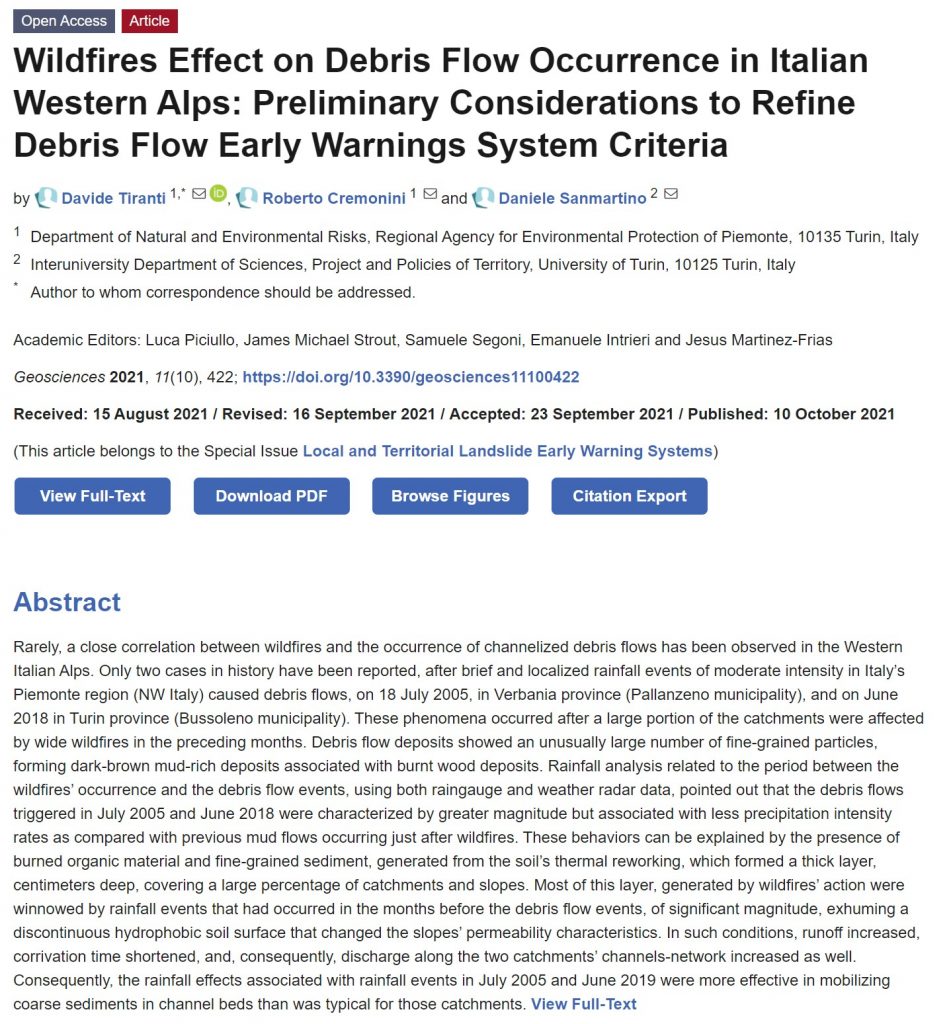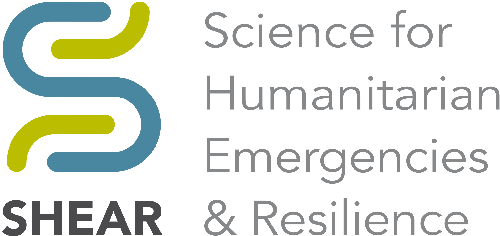NEWS received from
Vittoria Capobianco – NGI, Norway
The Joint Technical Committee on Natural Slopes and Landslides (JTC1) of FedICGS is delighted to invite you to join us at the 3rd JTC1 Workshop on Impact of global changes on landslide risk, to be held in Oslo, Norway on June 7th – 10th, 2023.
Anthropogenic impacts and related climate change are unquestionably changing the landslide risk and impacting how we assess and manage the risk(s).
The aim of the Workshop is to promote discussion between scientists and engineers on whether we are capable of predicting and quantifying the expected changes in landslide risk and how we could implement the knowledge gained from academic research on landslide risk management into practice. The advanced topics in focus for the discussions include:
- Rock mass degradation and landslide initiation;
- Climate and anthropogenic impact on landslide risk in various geographic regions, including the Arctic;
- Prediction of landslide mobility and impact footprint, including landslides initiated at mine tailings storage facilities;
- Application of modern remote sensing technologies to landslide risk assessment;
- Landslide risk reduction strategies: risk mitigation, including early warning and nature-based solutions;
- Applications of new technologies like machine learning for landslide susceptibility and landslide hazard mapping.
The workshop will consist of two lecture days (June 8 and 9), and a one-day technical excursion (June 10). The lecture days will be a combination of five keynote lectures, a number of invited lectures, the 3rd Hutchinson Lecture as well as discussion sessions.
You are invited to submit extended abstracts (up to 4 pages) for oral presentation and short abstracts (max 1 page) for poster presentation. Instructions and templates for abstract submission can be found here.
The deadline for submitting both extended and poster abstracts is 31 March 2022.
The digital proceedings will be issued right after the workshop and made available on the 3rd JTC1 Workshop website.
The Organizing Committee will make a selection of the best abstracts (oral presentations and posters) and invite the authors to provide a full manuscript to be published in a Special Issue of a refereed, open-access journal. A total of 10 to 15 articles are envisioned for the Special Issue, which is expected to be published within one year after the workshop.
For detailed information check the dedicated website at: https://jtc1-2023.com/
Looking forward to seeing you in Oslo, 2023!
Contact person: Vittoria Capobianco (NGI) – vittoria.capobianco@ngi.no




